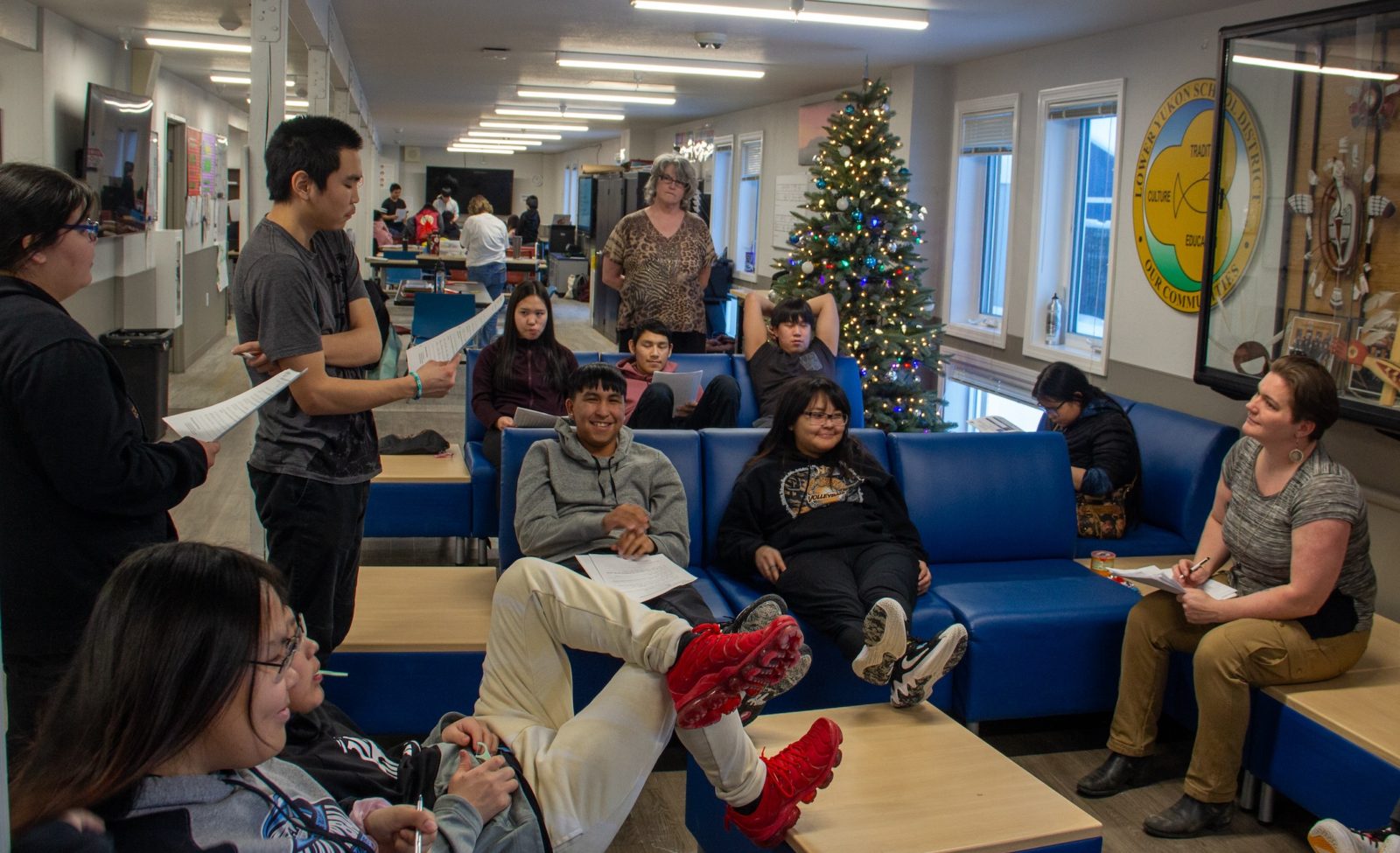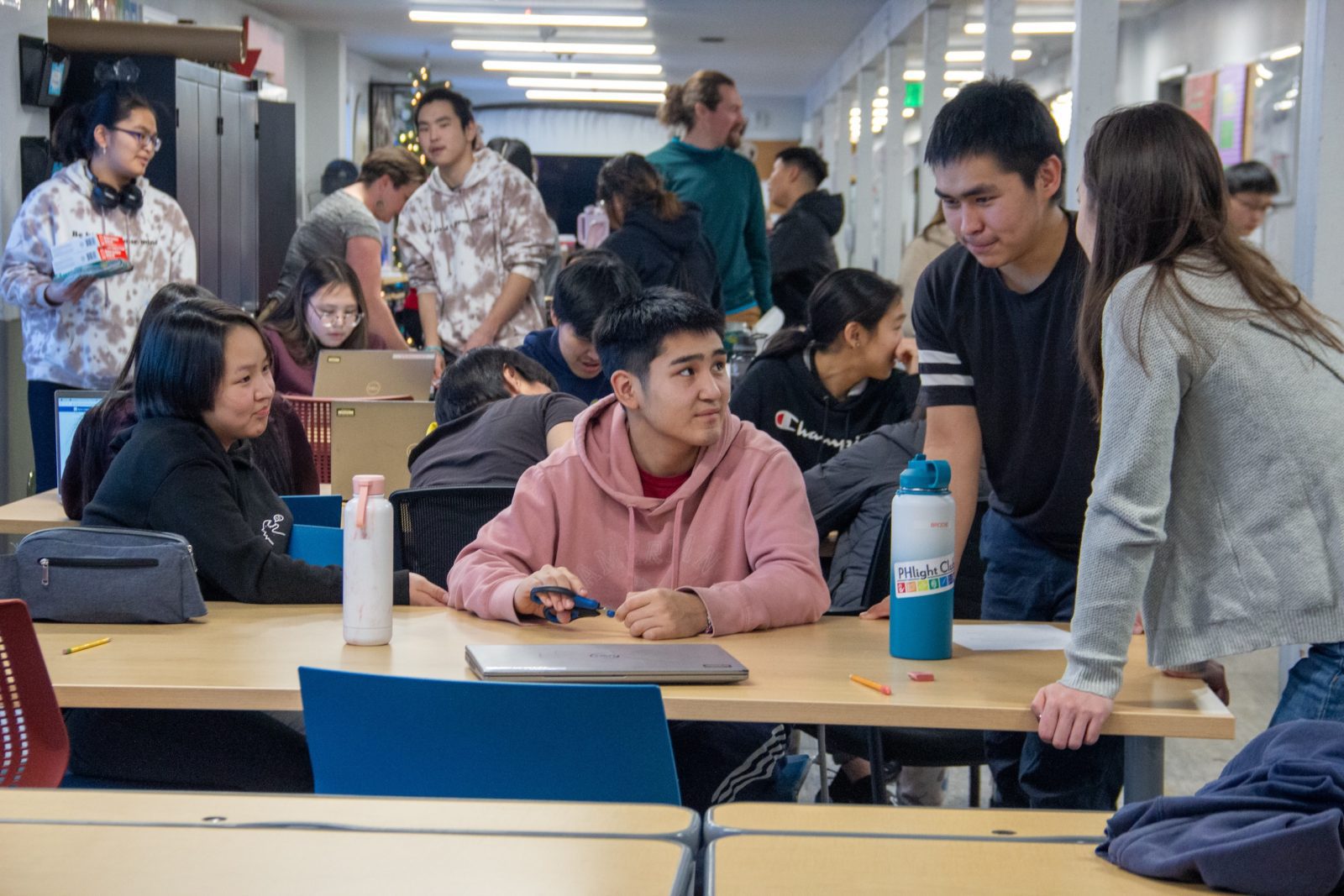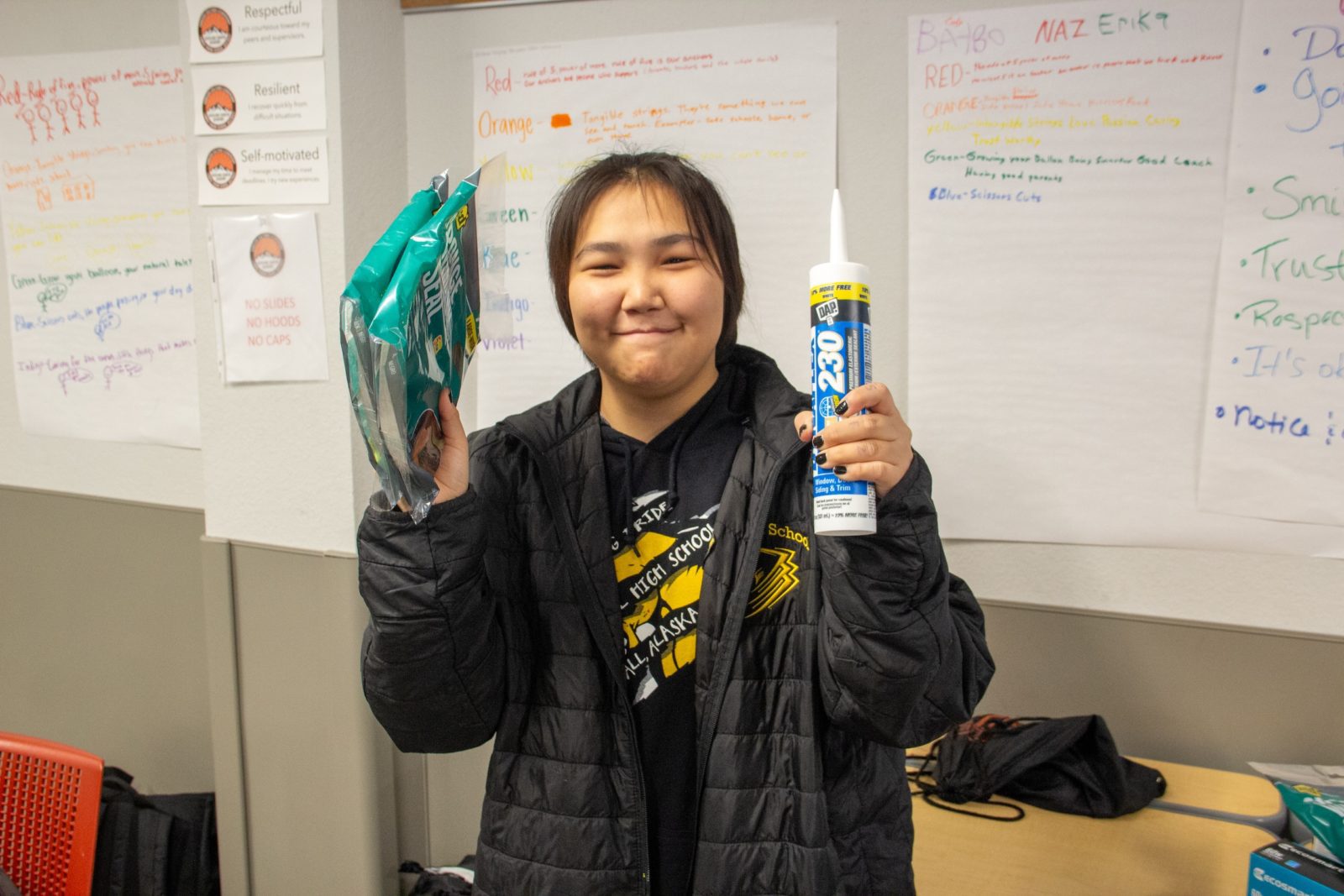An energy efficient home in Alaska saves money, improves indoor air quality and is more comfortable. It’s especially impactful for those in rural communities, where energy costs are double or triple those in hub or urban communities. To expand the energy literacy and skills of teens from the Lower Yukon, REAP led a collaboration of cross-disciplinary educators to teach a Home Energy Basics course at Kusilvak Career Academy this fall. By teaching STEM principles through project-based learning and experiential activities, the class increased students’ energy awareness and gave them practical tools and tips to take back to their families.



Forging a Long-Term Energy Education Collaboration
As the Lower Yukon School District’s career and technical high school in Anchorage, Kusilvak Career Academy (KCA) houses and teaches 11th and 12th grade students from 10 communities in the Yukon–Kuskokwim Delta on a quarterly schedule. In past quarters at KCA, REAP’s Alaska Network for Energy Education and Employment (ANEEE) and energy educators have delivered energy-focused lessons, facilitated energy career visibility opportunities and developed strong partnerships with teachers and staff. All these repeated engagements paved the way for the opportunity to teach KCA students an entire quarter of energy efficiency lessons.
“We don’t often get to work with students for such a long-term engagement,” said REAP Education Director Colleen Fisk. “It was very rewarding for us as educators to see them develop practical energy knowledge and skills over the duration of the course, which they can now apply at home.”
After collaborating with the University of Fairbanks’s Teaching through Technology program, or T3, and the Alaska Center for Energy and Power on a weatherization course in the fall, REAP developed a hands-on, place-based Home Energy Basics course to expand on efficiency and weatherization concepts. Traditionally a 1-credit online course through the Sustainable Energy Program at UAF’s Bristol Bay Campus, the in-person class at KCA stretched over six weeks, meeting for 55-minute classes three times per week. To split up the teaching duties, T3’s Gabe Low joined the REAP team, which consisted of Colleen, Energy Educator Tyler Katzmar, ANEEE Director Chris McConnell and ANEEE Network Coordinator Jenny Starrs. KCA’s dedicated staff, including Director Conrad Woodhead, Principal LieuDell Goldsberry and teachers Mary Cook and Theresa Henery, were also integral to the class.
Empowering Students With Knowledge and Tools
The content for Home Energy Basics relied heavily on the AK EnergySmart curriculum and its practical energy efficiency examples and applications. While some PowerPoint presentations were still needed, students also used electricity monitors to check the loads of different appliances, tried out caulk and spray foam to fill gaps and cracks, and pinpointed where their school building was losing energy with infrared cameras. The course also incorporated regionally relevant content and assignments. In the second half of the class, students completed community energy profiles for their hometowns, learned the basics of Power Cost Equalization and did an energy assessment on their own homes from afar.
All their work culminated in a final project, with students submitting a mini-grant application for weatherization materials and presenting energy recommendations for a building in their home communities in small groups. After making it through the public speaking component, all 33 students took home $50 worth of weatherization supplies. And thanks to the support of UAF, 23 students earned college credit for the course.


“Now I can take what I learned home and teach my family how to save more energy.”
– A KCA student from Alakanuk
Seeing Results
To gauge students’ energy literacy growth during the course, REAP gave them a short energy literacy assessment on the first and last days of class. After six weeks of energy efficiency instruction, more than 65% of students correctly identified how electricity is generated in their home community, compared to just 30% before the course. And nearly 100% confirmed that they knew how to personally save energy and were willing to change their habits to do so. “The most interesting part of the class was [learning] about how to save energy back at home,” one student said. Another commented, “Now I can take what I learned home and teach my family how to save more energy and how to fix [our house] all up.”
Developing an awareness of how residential energy systems work is hugely important for keeping homes comfortable through Alaska’s extreme conditions. And for some students, learning about these principles and technologies can spark interest in one of the many energy efficiency careers in demand throughout the state. In the spring, REAP will be continuing their energy instruction at KCA with another quarter-long collaboration, this time focusing on energy careers throughout the state.